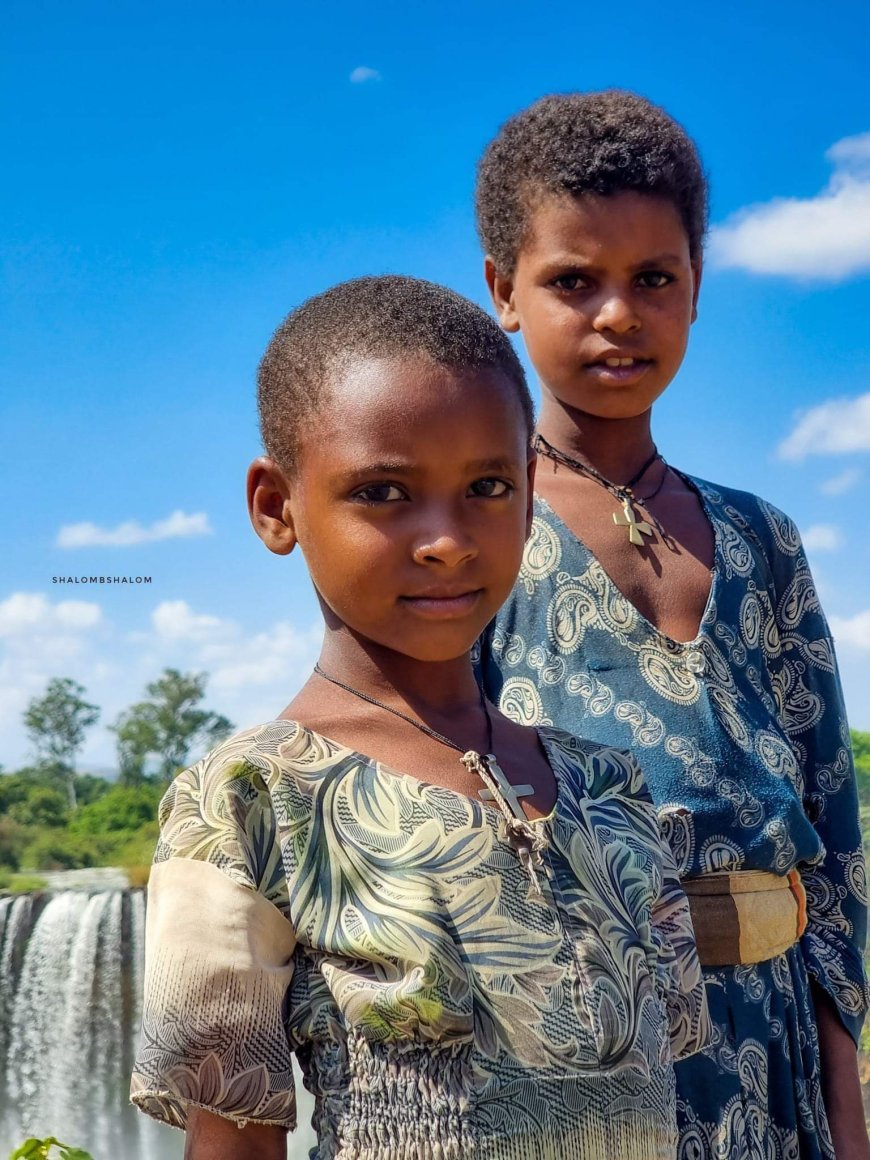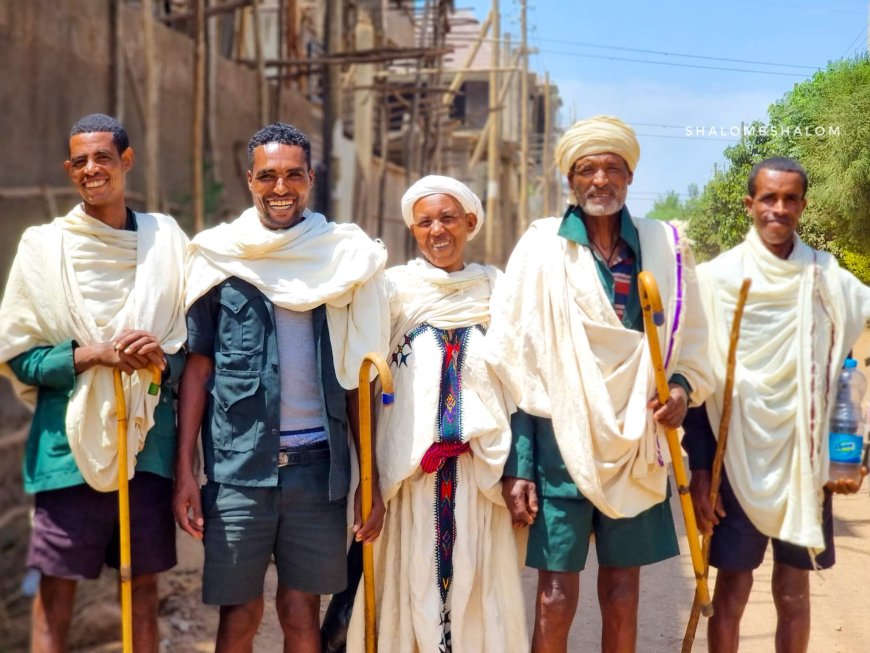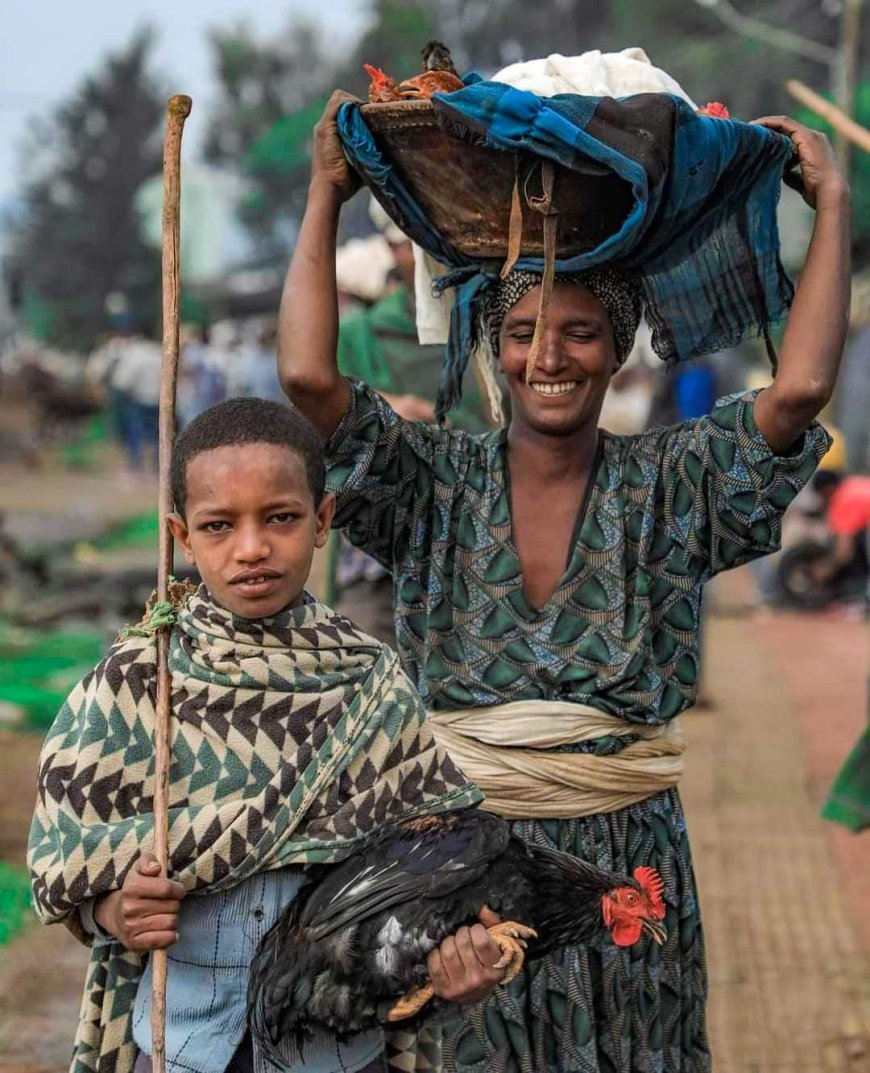Exploring the Cultural Heritage and Identity of the Amhara People in Ethiopia

Exploring the Cultural Heritage and Identity of the Amhara People in Ethiopia offers insights into the rich traditions, language, and historical significance of one of Ethiopia's largest ethnic groups, the Amhara.
From their language, Amharic, to their vibrant arts and religious practices, the Amhara people's cultural heritage reflects the diversity and depth of Ethiopia's societal tapestry.
Through exploration, we uncover the essence of their identity and contributions to Ethiopian history and culture.

The Amhara people are one of the largest ethnic groups in Ethiopia, accounting for about 27% of the country's population. They have a rich cultural heritage that has been shaped by their long history, religion, and interactions with other ethnic groups in the region.
Language and Religion:
The Amhara people speak Amharic, which is also the official language of Ethiopia. Amharic is a Semitic language with its own unique script. It is widely spoken throughout the region and is one of the most important languages in Ethiopia.
The majority of the Amhara people are followers of the Ethiopian Orthodox Tewahedo Church. This ancient Christian denomination has played a central role in shaping the cultural and religious traditions of the Amhara people. Orthodox Christianity is deeply ingrained in their daily lives, and religious festivals, ceremonies, and practices form a significant part of their cultural identity.

Traditional Dress and Cuisine:
The Amhara people have distinctive traditional clothing that reflects their cultural heritage. The women often wear a white cotton dress called "habesha kemis," which is adorned with vibrant and intricate embroidery. The men typically wear a white shirt with pants or a knee-length robe called a "shamma."
Amhara cuisine is diverse and flavorful, with staple foods like injera (a sourdough flatbread) and wat (a spicy stew) being common in their meals. The use of spices, such as berbere (a chili spice blend), is a defining feature of their cuisine.

Music, Dance, and Art:
The music and dance of the Amhara people are vibrant expressions of their cultural identity. Traditional Amhara music is characterized by the use of traditional instruments like the krar (a lyre-like instrument) and the masinko (a one-stringed fiddle). In traditional ceremonies and celebrations, people gather to sing, dance, and perform traditional instruments.
Amhara art is known for its intricate designs and vibrant colors, often featuring religious and historical themes. Traditional paintings, sculptures, and craftsmanship reflect the rich artistic traditions of the region.

Cultural Practices and Festivals:
The Amhara people have unique cultural practices that are deeply rooted in their history and religious beliefs. Timket (Ethiopian Epiphany), Meskel (Finding of the True Cross), and Fasika (Easter) are some of the major religious festivals celebrated by the Amhara people. These festivals involve elaborate processions, religious rituals, and communal feasts.
The social organization of the Amhara people is often centered around kinship ties and extended family networks. Traditional hierarchical structures and respect for elders are important aspects of their social fabric.
In recent years, there has been a growing emphasis on preserving and promoting Amhara cultural heritage. Efforts are being made to document traditional practices, conserve historical sites, and educate younger generations about their cultural identity.
In conclusion, the Amhara people in Ethiopia have a rich cultural heritage that is intertwined with their history, religion, and interactions with other ethnic groups. Their language, traditional dress, cuisine, music, dance, and art reflect their unique cultural identity and contribute to the diverse tapestry of Ethiopian society.





































